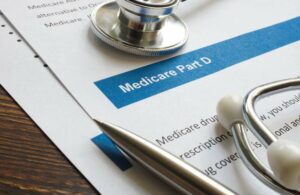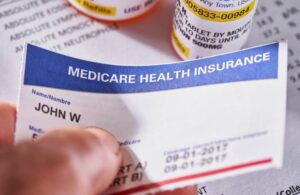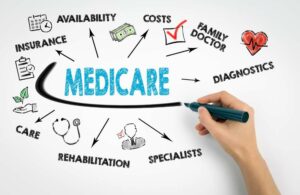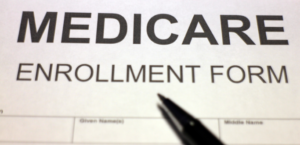Medicare Part D, or prescription drug coverage, is offered by private companies, meaning plans have different premiums and deductibles. Each has a list of covered drugs, called a formulary. Every plan varies in the drugs that they offer, but each therapeutic category is represented.
Drug Coverage
Part D plans are required to cover virtually all drugs in six categories: antidepressants, antipsychotics, anticonvulsants, antiretrovirals (AIDS treatment), immunosuppressants, and anticancer.
Every Part D plan formulary has to cover at least two drugs for the most commonly prescribed classes or categories of drugs. Often this includes a generic and brand-name option.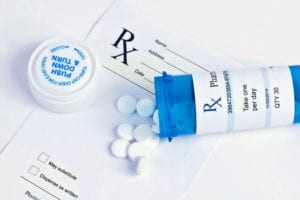 Copayments for prescription drugs are priced in tiers based on whether they are brand-name or generic, and if they are preferred or not preferred.
Copayments for prescription drugs are priced in tiers based on whether they are brand-name or generic, and if they are preferred or not preferred.
Using drugs on your plan’s formulary will save you money because they will have negotiated for a better price. Generic drugs will require the lowest copayment, and specialty or brand name non-preferred drugs will require the highest copayment.
If you use a drug that is not on your plan’s formulary, you will pay full price instead of a copayment. Suppose a non-covered prescription drug is medically necessary for your treatment, or you need a higher quantity limit. In that case, you and your provider can request an exception.
Plans will notify you if they make changes to the drugs available. They may replace a brand name drug with a generic option and adjust the cost and coverage rules. If any changes affect a drug you are currently taking, they are required to give written notice at least thirty days in advance or provide you with a month’s supply when you request a refill, with written notice of the change.
Part D Costs
Part D deductibles cannot be more than $435 for the year 2020. The payment maximum for prescription drug costs is $4,020 for 2020. Once you have passed this amount, you are in the coverage gap.
Once in the coverage gap, you will pay 25 percent of the cost for prescription drugs plus the full dispensing fees, which will help you reach the out-of-pocket maximum of $6,350 for 2020. Copayments, manufacturer’s discounts, the yearly deductible, and prescription payments go toward the out-of-pocket spending. After you hit $6,350 in out-of-pocket, you are covered by “catastrophic coverage” and will only pay copayments.
For all of your Medicare questions, check with Medicare on Video.






